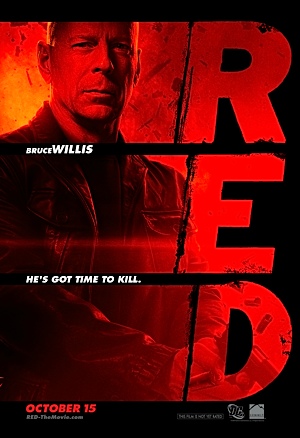National Graphic Novel Writing Month Day 25: Wait, Who Was That Again? The Importance Of Cast Lists
 Here’s another insanely useful thing when writing: a cast list.
Here’s another insanely useful thing when writing: a cast list.
You’ve seen these before, right? Probably when reading Shakespeare. In Romeo and Juliet, the cast list includes entries like:
- Montague, head of one house, at odds with Capulets
- Capulet, head of one house, at odds with Montagues
- Romeo, son to Montague
- Mercutio, kinsman to the Prince and friend to Romeo
- Benvolio, nephew to Montague, and friend to Romeo
- Juliet, daughter to Capulet
- Tybalt, Juliet’s brother
Now, even if you’ve never read Romeo and Juliet, and never heard the story—which means you’ve apparently lived on a remote island all your life, but never mind that now—you already have some idea how this is going to go. Two houses that hate each other, a young man from one house, a young woman from the other—you can practically see the romantic tension brewing. The cast list sets up the key relationships, and then the play just allows them to develop narratively.
But that doesn’t mean you’re going to want to have your cast list on the front page of your graphic novel. Not usually. A few books like the Justice League of America or The Legion of Super-Heroes can get away with that, but that’s because both of those are team books and so they want the reader to know which members of the team are actually involved in each issue.
But normally the cast list isn’t for your readers. It’s for you.









 Born in Sangley Point, Cavite City, Philippines in 1963, Whilce Portacio joined Marvel Comics as an inker in 1985 but soon began penciling for them as well. He worked on The Punisher, X-Factor, and The Uncanny X-Men before leaving in 1992 to found Image Comics with several other well-known comic book artists.
Born in Sangley Point, Cavite City, Philippines in 1963, Whilce Portacio joined Marvel Comics as an inker in 1985 but soon began penciling for them as well. He worked on The Punisher, X-Factor, and The Uncanny X-Men before leaving in 1992 to found Image Comics with several other well-known comic book artists. 









